How to Remove Burrs From Horses
Updated on 05/27/24
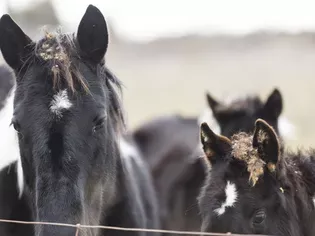
Banishing Burrs: A Comprehensive Guide to Removing Burrs From Horses
Burrs, those pesky seedheads, can wreak havoc on your horse's comfort and well-being. From irritating skin to potentially serious health hazards, burrs are a nuisance that every horse owner needs to address effectively. In this comprehensive guide, we delve deep into the world of burr removal, providing you with a wealth of practical tips and techniques to help you keep your equine companion free from these unwanted hitchhikers.
Understanding the Burr Menace
Burrs, also known as beggar's ticks or sticktights, are the seedheads of various plants. They possess small hooks that cling tenaciously to clothing, animal fur, and hair. While burrs are typically harmless, their presence on horses can cause discomfort and irritation. They can also carry mites and other parasites, posing potential health risks.
Consequences of Burrs on Horses
* Skin irritation: Burrs can irritate the skin, causing itching, redness, and discomfort.
* Hair matting: Burrs can tangle the horse's hair, leading to matting and hair loss.
* Eye irritation: Burrs can get stuck in the horse's eyes, causing pain and vision problems.
* Ingestion: If ingested, burrs can cause digestive problems, such as colic and impaction.
* Parasite transmission: Burrs can carry mites and other parasites, which can transmit diseases to horses.
Effective Burr Removal Techniques
Removing burrs from horses requires patience, thoroughness, and the right tools. Here are some proven methods:
1. Manual Removal
* Use a curry comb: A dull curry comb can help dislodge burrs from the horse's coat.
* Brush vigorously: Use a stiff brush to sweep away burrs, paying attention to areas where they tend to accumulate, such as the mane, tail, and legs.
* Wet the burrs: Dampening burrs can make them easier to remove. Use a damp sponge or cloth to wipe down affected areas.
* Use tweezers: For smaller burrs, tweezers can be helpful for precise removal.
2. Mechanical Removal
* Burr comb: Specially designed burr combs, with fine-toothed blades, can effectively remove burrs without damaging the horse's skin.
* Burr Buster: This specialized tool features rotating blades that cut through burrs, making removal quick and painless.
* Vacuum cleaner: A vacuum cleaner, with a soft brush attachment, can be used to suck up loose burrs from the horse's coat.
3. Chemical Removal
* Burr-release spray: Commercial burr-release sprays contain solvents that dissolve the adhesive on burrs, making them easier to remove.
* Vegetable oil: Applying vegetable oil to burrs can help soften the adhesive and make them less sticky.
* WD-40: This lubricant can also be used to loosen the grip of burrs on the horse's coat.
Examples of Effective Burr Removal Techniques
* To remove burrs from the horse's mane and tail, start by wetting them with a damp sponge. Then, use a stiff brush to sweep away loose burrs. For stubborn burrs, carefully use tweezers to remove them.
* For burrs on the horse's legs, use a burr comb or a soft-bristled brush to dislodge them. If necessary, apply a burr-release spray to help loosen the adhesive.
* To remove burrs from the horse's body, use a vacuum cleaner with a soft brush attachment. Vacuuming can remove loose burrs without causing discomfort to the horse.
Prevention is Key
While effective removal techniques are crucial, prevention is always the best defense against burrs. Consider the following measures:
* Avoid areas with high burr populations: If possible, keep your horse away from fields or trails known to have a high concentration of burrs.
* Groom your horse regularly: Regular grooming helps remove loose burrs before they become embedded in the horse's coat.
* Use burr-repellent products: There are commercial products available that can help repel burrs from sticking to the horse's coat.
* Keep pastures and trails clear: Remove burrs from your horse's pastures and trails to reduce the likelihood of exposure.
Additional Tips
* Be gentle when removing burrs, as pulling too hard can cause skin irritation.
* If burrs get stuck in the horse's eyes, seek veterinary attention immediately.
* Check your horse's coat regularly for burrs, especially after spending time in areas where burrs are prevalent.
* Regularly clean and disinfect grooming tools to prevent the spread of parasites.
Conclusion
Burrs may seem like a minor nuisance, but they can have significant consequences for the well-being of your horse. By understanding the risks associated with burrs and adopting effective removal techniques, you can keep your equine companion free from these pesky seedheads. Remember, prevention is key, so take proactive measures to minimize exposure and ensure the comfort of your horse.
Explore More Pets
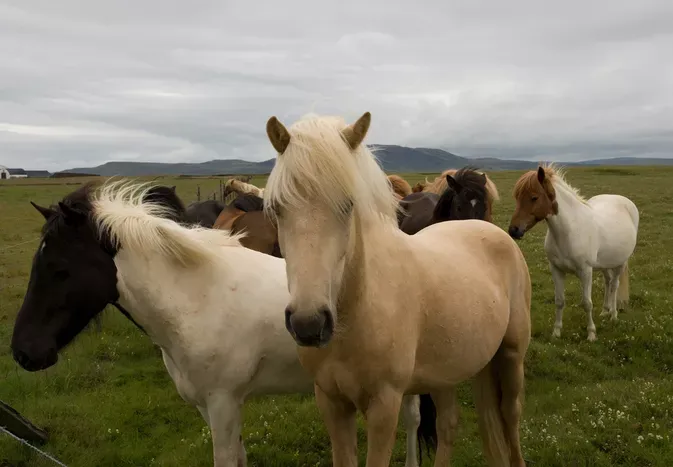
Pony Breeds
The Difference Between Horses and Ponies
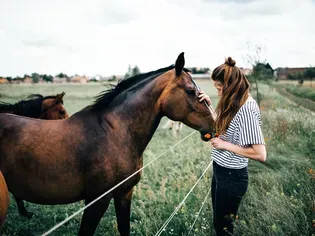
Horse Diseases & Conditions
What Do I Do If My Horse Colics?
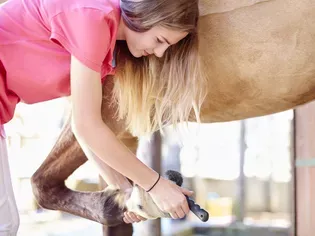
Pony Breeds
Horse and Pony Care by the Day, Week, Month and Year
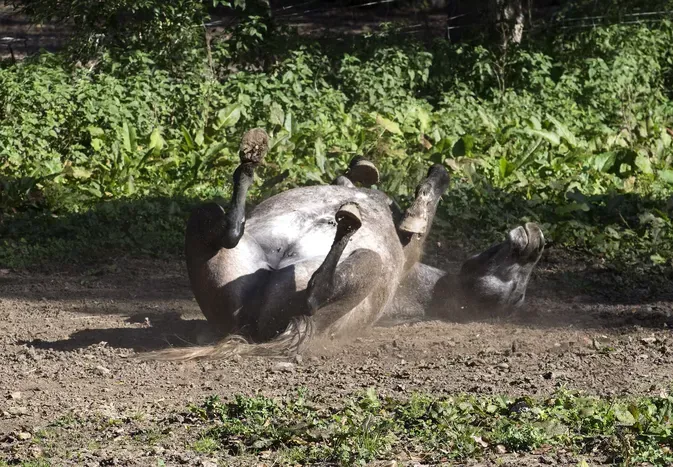
Horse Grooming
Mange in Horses
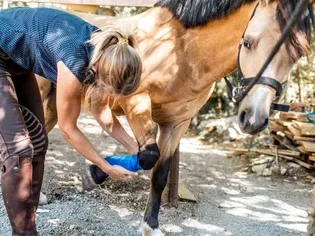
Horse Diseases & Conditions
Grease Heel in Horses

Light Horse Breeds
Gypsy Vanner Horse Breed Profile
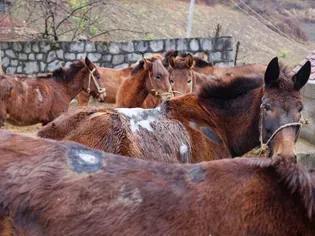
Horse Diseases & Conditions
Girth Galls and Saddle Sores
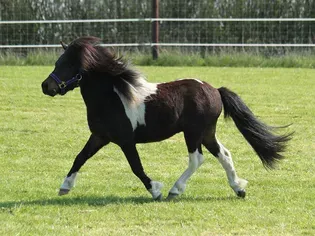
Pony Breeds
Shetland Pony Breed Profile
